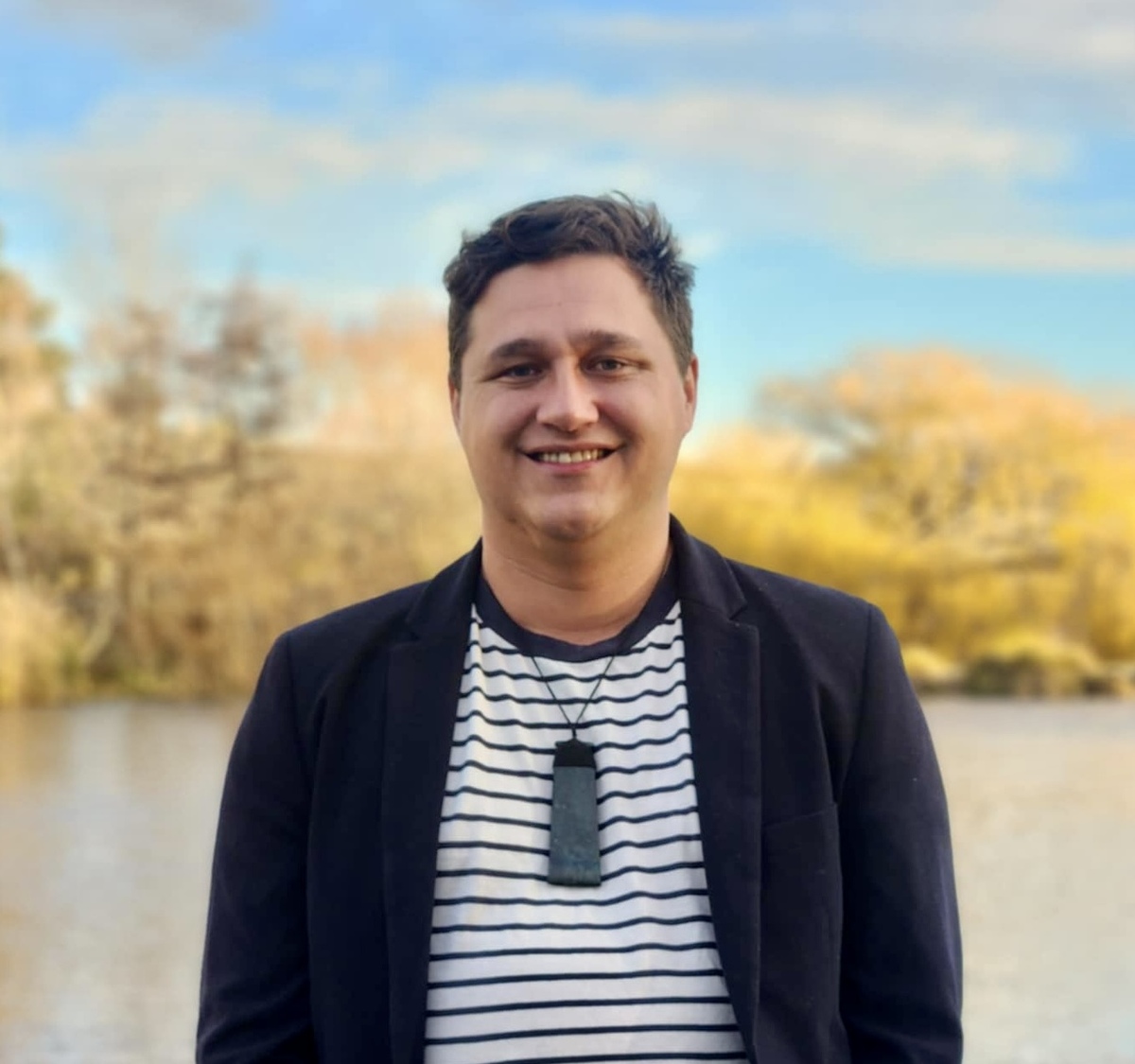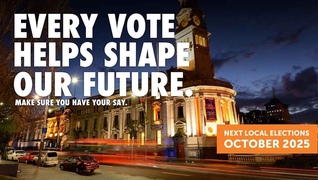Local Elections 2025: Who’s Standing and Why
Aimee Wilson
03 June 2025, 5:30 PM
 Vincent Community Board chair Jayden Cromb is hoping to stand for the Central Otago District Council this October. Photo:Supplied
Vincent Community Board chair Jayden Cromb is hoping to stand for the Central Otago District Council this October. Photo:SuppliedIn this pre election feature, I ask five quick-fire questions to current community board members, giving you insight into their plans, motivations, and what’s next for local leadership in Central Otago.
1. Will you be standing again? If so, Why?
Yes, for council in the Vincent Ward and for the Vincent Community Board.
Because there is a lot going on in this district now. For example, the opportunities and challenges that come with rapid population growth and the financial pressures that come from continued changes in regulation from Central Government, especially in the water space.
I believe that we need a diverse group of people around the table with different views, backgrounds, and skill sets working together to find the best possible solutions to our challenges. I’m confident that over the past three years I‘ve built up the skills, knowledge, and relationships with the community, elected members, and staff to be part of that team.
I still believe that we need to work closely with NGO’s, businesses, and other groups to meet our community's ambitions. And most importantly we need to make sure that decisions made today benefit current residents but also those that come next.
2. How long have you already been involved?
At the next election I will have completed my first term on the Vincent Community Board, about two years as deputy chair and about one year as chair.
3. What are you most proud of/achievements in the time you have been a community board member?
Personally, it would be making myself easily accessible and available to groups, organisations, and individuals.
Taking the VCB to Clyde and Omakau. Showing that the Vincent Ward is more than just one community but a grouping of unique urban and rural communities that all have their own identities, needs, ambitions, and challenges.
Collectively as a board, it is being able to work as a team. We got a lot done this term by working collaboratively together in the best interest of the community instead of ‘playing politics’. This was especially true in the approach we took in our Long Term Plan (LTP) recommendations, balancing ‘sticking to the basics’ and ‘the wellbeing of our communities’.
Also, working alongside our communities to progress work on long awaited community projects- Kamoanaheahea-Riverside Park, IceInLine roof, Manuherekia Valley Community Hub, and the Dunstan Turf. Proving that working collaboratively with our community gets results without the need to further increase rates by carrying the full costs.
4. What advice do you have for any new candidates standing?
1. Understand the time commitment. Being an elected member is more than one meeting a month (council) or every six weeks (community board). Those are the meetings where decisions are made, but there is the prep work agendas that can range from 100-1,000 pages. You will have meetings with groups and/or organisations you're assigned to, plus meetings with the public. To properly understand and represent the community you need to be able to commit the necessary time.
2. Remember that if successful you are one voice and one vote around the table. You can promise anything in a campaign but you need to be careful not to over promise, because without majority agreement you can't get it across the line. The skills of teamwork and building consensus will be your most valuable.
5. What do you see are the pressing issues in your ward that you are particularly passionate about?
1. Balancing the basics with the community's ambitions and needs. A new road is nice, but you need people to drive on it. We have to get water and roading right. Past under investment, lack of funds through rating being our only sustainable income (land can only be sold once), and continuous regulatory changes from Wellington have put us in a difficult position that won't be solved with an easy answer or magic wand. But that doesn’t mean we shouldn’t continue to support the services and projects that matter to the people of our area. It’s about working creatively and collaboratively with others in a balanced way to meet our needs in both the ‘need to have’ and ‘nice to have’ categories.
2. Housing availability - making sure there is enough supply to meet growth. We all know someone that has had to leave behind their support network because of this. We need to work with developers to ensure we have the necessary housing stock. Support groups thinking outside the box with projects like Abbeyfield. Using developer contributions wisely along with land still owned by council.


